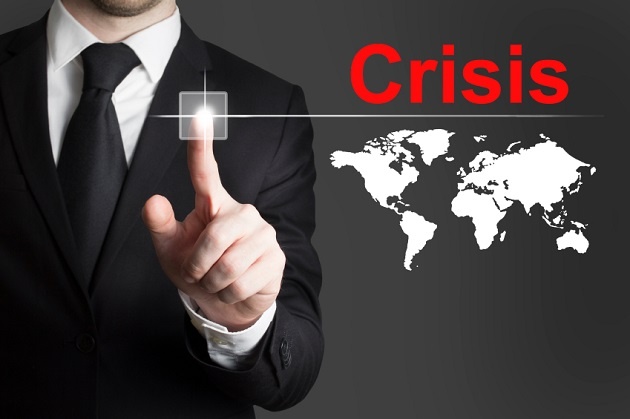How to Dramatically Reduce Your Company’s Crisis Response Time

When an emergency strikes, a rapid response is imperative for protecting your employees, facility, assets and reputation. Research indicates that 77 percent of corporations are able to activate their crisis management plan in 30 minutes or less and 55 percent of those are using emergency communication software to do so. If your organization is outside of this range and mobile communications are not part of your crisis response toolbox, you need to consider new ways to reduce the time it takes to respond to emergencies such as severe weather, an unplanned IT outage, an active shooter and other crises.
One of the most effective ways to dramatically reduce your crisis response time is to leverage more advanced technology to store, distribute and activate your crisis plan. A mobile solution stores your planning documents both locally on the phone and in the cloud, making crises response protocol, forms, contact lists, maps and other resources available on your employees’ mobile devices, right in the palm of their hands.
Besides being convenient, crisis management apps provide several important benefits that will minimize your response time:
Anywhere, anytime access to information.
The core benefit of a crisis app is the fact that it delivers vital information to stakeholders through their mobile devices, giving them instant access to the most up-to-date information, regardless of when a crisis strikes or where they are located at the time. Unlike traditional crisis plans, which were stored in a binder or uploaded to a file-sharing service, apps instantly distribute the data your stakeholders need, so they quickly learn the details of a crisis and understand how to respond. This saves significant amounts of time compared to other methods of information distribution, including call trees and email (when used as the primary means of communication).
Real-time alerts and notifications.
Communication is a top priority during a crisis, but you never want to waste time with slow or ineffective methods. Think about how your stakeholders would learn about the progress of an emergency if it happened today—through word of mouth, phone call trees or a mass email?
Crisis management apps enable real-time alerts and notifications to be sent directly to each stakeholder’s mobile device, so they receive updates immediately after they are sent. No more waiting for the details of a crisis to slowly trickle through your company; once your message is distributed through the app, you know that it has been heard by everyone affected.
Easy updates.
One of the most arduous parts of a traditional, printed crisis plan is the updating process. Organizations change all the time—employees join and leave the team, the business begins using different technologies and systems, unique threats emerge that weren’t a concern in the past. With so much information in constant play, a crisis plan should really be a living document that is updated continually, not just once or twice a year.
However, it takes a lot of time and effort to continually update a hard-copy plan. Afterward, it is also challenging to notify all stakeholders of the changes that were made. Due to this long process, you run the risk of your plan being out of date, which can cause chaos and confusion during an emergency.
Adopting a crisis management app does away with this concern altogether. Your plan information can be updated quickly and easily, at any time.
Admins can even notify each stakeholder that the plan has been modified, so they know that the information in their app is as up to date as possible. When a crisis hits, your organization will know that its crisis plan is relevant and actionable, which helps to encourage fast, decisive action.
Customization options.
Consider the very different crisis management tools that your organization requires compared to companies in other industries. No two organizations will use the exact same features of a crisis app, especially if they face a range of different potential threats.
For these reasons, a crisis management app should provide a high level of flexibility so the dashboard includes only those tools and features that your employees need for the given situation. That way, they won’t waste precious time searching through irrelevant icons or information.
You and your admins can even select the icons that you would like to appear on each end user’s dashboard, as well as the text beneath them. This enables each employee to more readily find his or her most important icons, depending on your industry, your organization and the specific crisis. Tensions run high during an emergency, and this ease-of-use can help to minimize panic and speed response at every level of your company.
Do you feel your team takes too long to respond to a crisis? What do you believe are the biggest challenges to a faster response?










